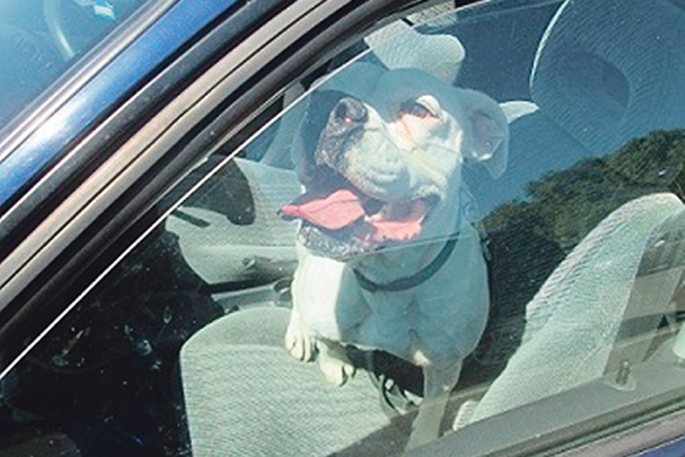Let’s face it: while we all take road safety seriously via buckling up, staying alert, and sticking to speed limits, the area where many fail is safety with pets inside cars, says PD Insurance chief operating officer Michelle Le Long.
"Because we’re so fond of Bruno and conscious of Luna, we tend to let the whole family down by indulging in practices which seem OK but are actually unsafe," says Michelle.
"Putting the pup or cat on your lap or leaving them loose in the car to wander – we’ve all done it – is a recipe for disaster.
"For pet parents, the best advice is to treat furbaby car safety as seriously as we do with human babies. Here are some good reasons why.
Driven to distraction
"Even the calmest family pet can be unpredictable, particularly in a highly stimulative, dynamic environment.
"While Rex is most certainly a good boy and loves sitting near you with his chops blowing in the wind, all it takes is one flash of excitement and your eyes come off the road.
"Same goes for our feline friends; going from relaxed and comfortable to claws out can happen in an instant.
"Distractions can be deadly: essentially, anything that diverts a driver's attention for more than two seconds can significantly increase the likelihood of a crash or near-crash.
"Distraction occurs when a driver’s attention is diverted away from concentrating on driving, towards competing events, objects or people.
"In 2022 alone, there were 27 fatal accidents and 98 serious injury accidents in NZ because of diverted attention (distractions).
"In an instant, pets can jump, claw, climb on the dash or crawl under pedals.
"Properly preparing pets for transport is therefore a safety essential.
"Investing in a catbox or carrier large enough for your pet to stand and turn around in, secured using a strap or a seatbelt, is crucial.
Everyone inside, all the time
"While a good boy with his face in the breeze, ears a’flapping is iconic, it’s unfortunately a no-no.
"Not only is your doggo loose in the car, but he could be struck by random road debris thrown up by the tyres or hurt by passing branches or other close-passing vehicles (cats, it must be said, don’t generally have the same wind-loving ways as their canine counterparts).
"Worse still, hard braking could cause an injury – which brings us to the next point.
Buckle up!
"The reason we wear seatbelts is simple: in the event of a collision, the sudden change in inertia means your body wants to keep moving even though the car has suddenly stopped.
"Waka Kotahi, our NZ Transport Agency, explains it like this: ‘Back seat passengers can be thrown onto the front seats or the front seat passengers or can hit the roof. Wearing a seatbelt reduces the risk of being killed or seriously injured in a road crash by about 40 per cent.
"If everyone wore their seatbelts an estimated 25 lives could be saved from road crashes each year.’
"Pet bodies are no different. If things go wrong, your unrestrained loved one is likely to suffer serious injury.
"What’s worse, a pet launched by impact can injure you or others in the vehicle; US research found an unrestrained 5kg pet exerts 135kg of pressure in a crash at 50km/h.
"A pet trapped between you and the steering wheel is bad news, too – not only is there a risk of crushing, but a detonating airbag presents further complications.
"Avoid this danger by transporting your pet in a harness with seat belt or secured crate/carrier. It might be called ‘the dogbox’ but placing the carrier in the back of your vehicle like hunters do is often best for Bruno and for you.
"Finally, if the worst should happen and you get into a fender bender, it’s handy to have a first aid kit and pet insurance for protection from financial risks involved in unexpected vet bills."



0 comments
Leave a Comment
You must be logged in to make a comment.